Complaints when cycling
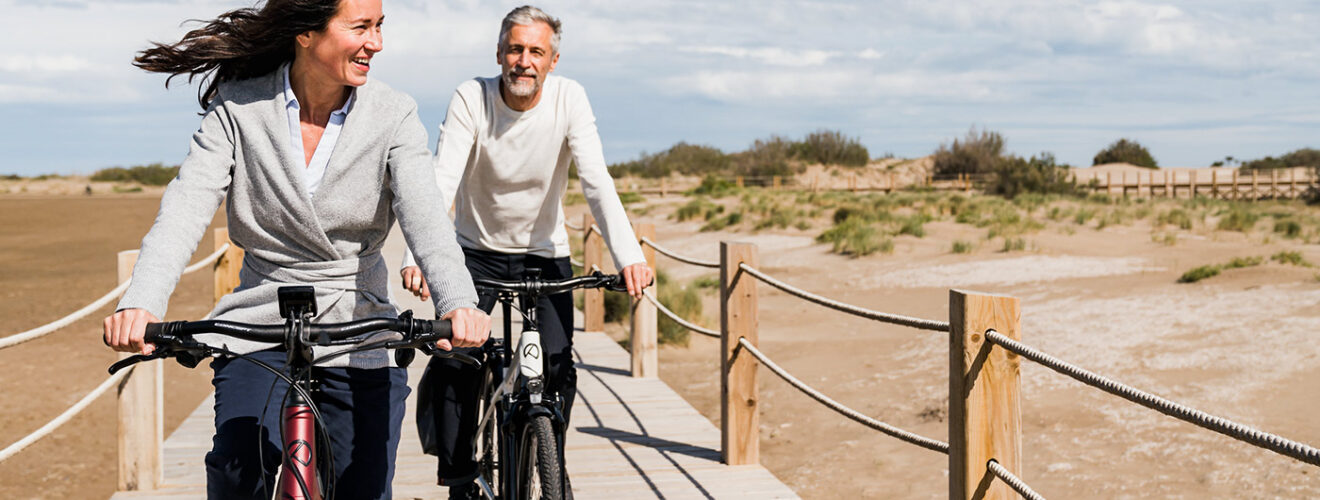
It is not for nothing that cycling is often called “riding”. Similar to riding a horse, cycling is dynamic; moreover, the saddle or the right seat plays a decisive role in the riding pleasure. And as with riding, it can hurt if you disregard the relevant points.
For the inexperienced, it can quickly become uncomfortable at first if you ignore the “basic laws” of biking. Many problems can easily be avoided.
If you recently put your new bike away in frustration, we can certainly encourage you, because: your muscles will adapt and initial discomfort will disappear into thin air; it’s almost like riding a horse: If you suddenly get off your horse as a beginner with stiff bow legs, you will eventually no longer have problems with the horse’s broad back …
We are happy to give you valuable tips on how to enjoy cycling and how to avoid mistakes that could actually harm you.
Do you have a back?
The widespread disease par excellence also puts many cyclists off cycling. However, on a bike you – actually – adopt a comfortable position that does not harm your back, but rather promotes the development of your back muscles. The prerequisite for this is the correct sitting position.
If you have misjudged the ratio of handlebars to saddle, you should quickly confide in an expert who can then make the right adjustments straight away. This is the only way to protect your lumbar vertebrae and balance your muscles. This is also the only way to prevent neck pain, as the optimised sitting position is crucial for an overall comfortable posture. The intervertebral discs are also happy about corrected distances.
Unlike other sports, cycling does not involve violent jolts or abrupt movements, so it is usually very suitable for people with back problems. Finally, you can always choose your style and trails according to your preferences. It’s also a good idea to prepare your muscles before each season with abdominal exercises and regular back training sessions.
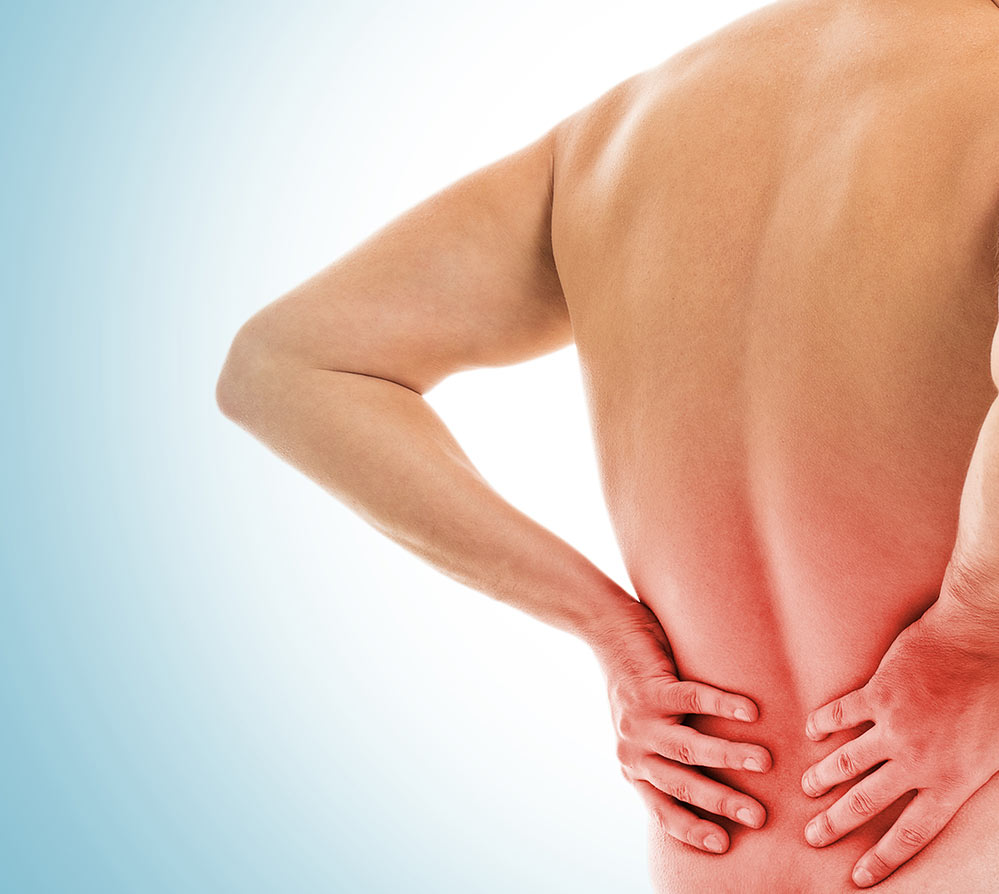
To be on the safe side, we also recommend appropriate clothing. If, for example, you tend to suffer from neck tension or lower back pain, then make sure that these areas of your body do not cool down while riding, which can easily happen when sweating or riding in the rain. The airstream should also not be underestimated! Take a change of clothes with you and, if necessary, use high-quality functional underwear, possibly with a turtleneck.
On the subject of clothing, it is also very useful to mention that it should provide sufficient protection from too much sun. Especially when we are exposed to the strong rays of the summer sun during long distances over land, sufficient sun protection is essential. Otherwise there is a risk of sunstroke and painful burns. However, too many people still underestimate the problem. They forget about the ozone problem. On the one hand, our cardiovascular system suffers, on the other hand, our skin suffers because of the dwindling ozone layer.
The risk of skin cancer increases, and more and more people react to the aggressive rays with sun allergies.
So always remember sunscreen, a cap with a visor under your helmet – if necessary – and suitable clothing. Before your tour, think about how the weather conditions, the climate, the challenges of the tour and the conditions of the route will challenge you. If possible, plan sections in the forest or otherwise adapt your tour so as not to risk too much. If you regularly ignore all of this, you are literally inviting skin cancer.
However, suitable cycling clothing protects you from much more than just hypothermia and the sun’s rays:
With cycling gloves you can avoid pressure marks and blisters. The cycling industry also offers plenty of protection for the buttocks against friction and pressure points.
No part of your body should feel numb, even during long rides. Padded inserts in cycling shorts and breathable functional cycling clothing can help prevent blisters. If you have already found what you are looking for and are satisfied with your model, you can consider yourself lucky, because the fit may vary from person to person. Make sure there are no wrinkles on the buttocks, which, by the way, like a hard rather than a soft saddle.
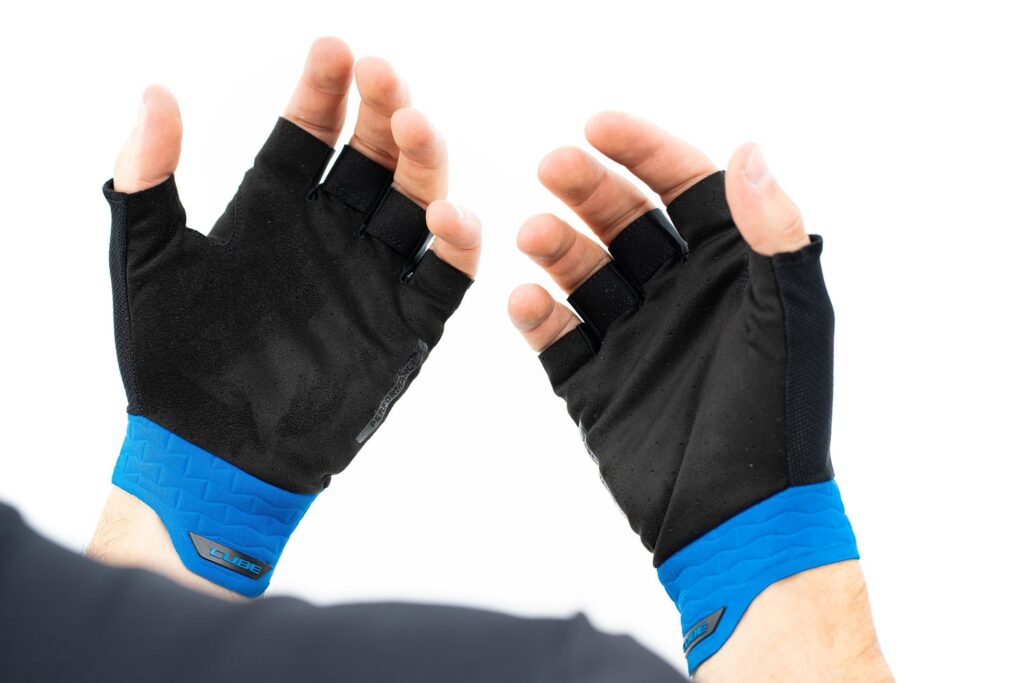
Our tip: If you like, you can rub special seat cream into the seat before the tour.
It makes sense to know yourself and your sensitive zones well and to take them into account. Depending on your needs, certain areas on the bike can be additionally padded, for example the handlebar grips.
Proper prevention will ensure long riding pleasure, and if it does become very uncomfortable, other tricks will help:
Adjust your seat to protect your joints. A slightly different seating position will shift the strain on pressure points. This also helps to prevent numbness in the fingers if the same places are pressed down for a long time.
A good kick ..
Your knees will thank you if you adjust the gears. If you have to pedal too hard all the time, you put a lot of strain on your knees. It should also be mentioned here that too much cold is harmful. When preparing for the tour, make sure you have the correct riding position and adjust it to suit you. Your knees should be allowed to stretch when you pedal. In addition, the pedals should not make a fuss, otherwise there is a risk of cramps.
If you pay attention to all this, you will be able to enjoy the many joint- and health-promoting aspects of cycling.
Your feet should also get due attention, as they can make every ride a struggle if your calves and ankles get cramped because the soles of your shoes are too soft, for example. Also, make sure your shoes fit well and are breathable, because your feet will swell up a bit and sweat.
Ouch! – What could happen?
Whether you’re relaxed or wild, something can happen to all of us while cycling.
Even minor accidents can quickly result in nasty abrasions. That’s why every touring kit should include suitable first aid material. Especially on joints and hips, abrasions can happen quickly and are painful.
Disinfectants are indispensable to prevent infections. Special brushes are also recommended to remove dirt from the wound. Afterwards, the cleaned wound should be protected with an antiseptic wound cream and a bandage. Wound creams or Vaseline wipes can be used to prevent the gauze bandage from sticking to the wound, especially in the case of rather dry abrasions. Always make sure that your fingers do not touch the surface of the dressing to prevent infection.
If you have been vaccinated against tetanus, there is no need to worry about tetanus, but in general a doctor should be consulted as soon as possible in the case of serious, deep injuries.
Positive effects for every cyclist
If you cycle for at least thirty minutes three times a week, you are doing yourself a lot of good. Doctors expressly recommend this gentle form of exercise that is easy on the joints.
Since it is an endurance sport, it strengthens the heart and circulation and stimulates the metabolism. This means that even older and overweight people have a good opportunity to enjoy exercise.
Regular maintenance and making sure your bike is in good working order, as well as drinking enough fluids while riding, are the last things you need to do to prevent discomfort on your bike. So you have a lot in your own hands and thus determine how much pleasure you will have on your tours – in addition to exhilarating impressions within the lush nature.
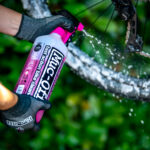

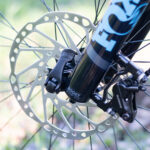
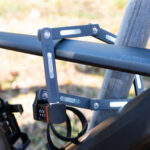



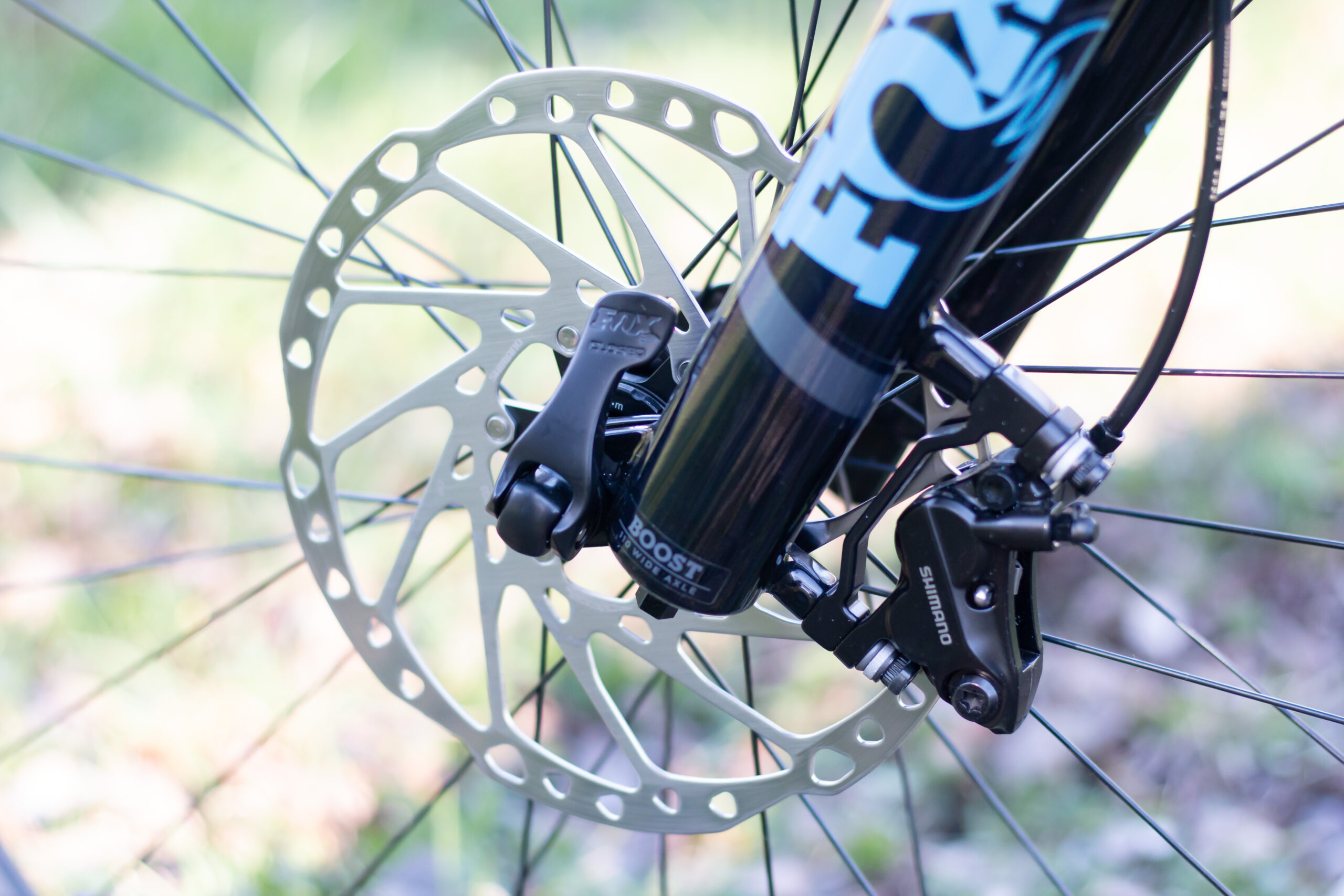
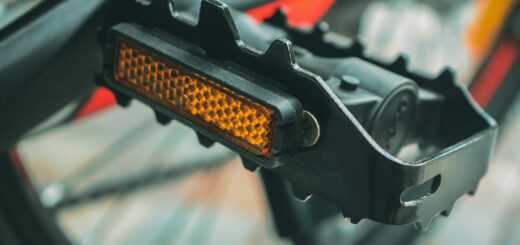
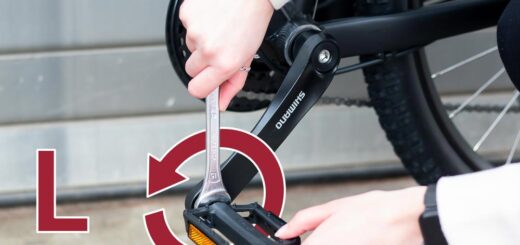
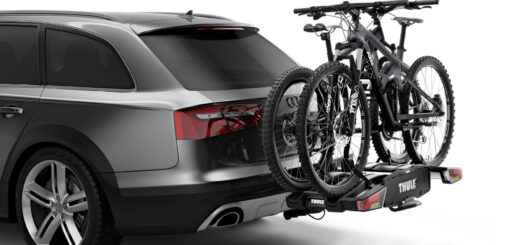








Recent Comments